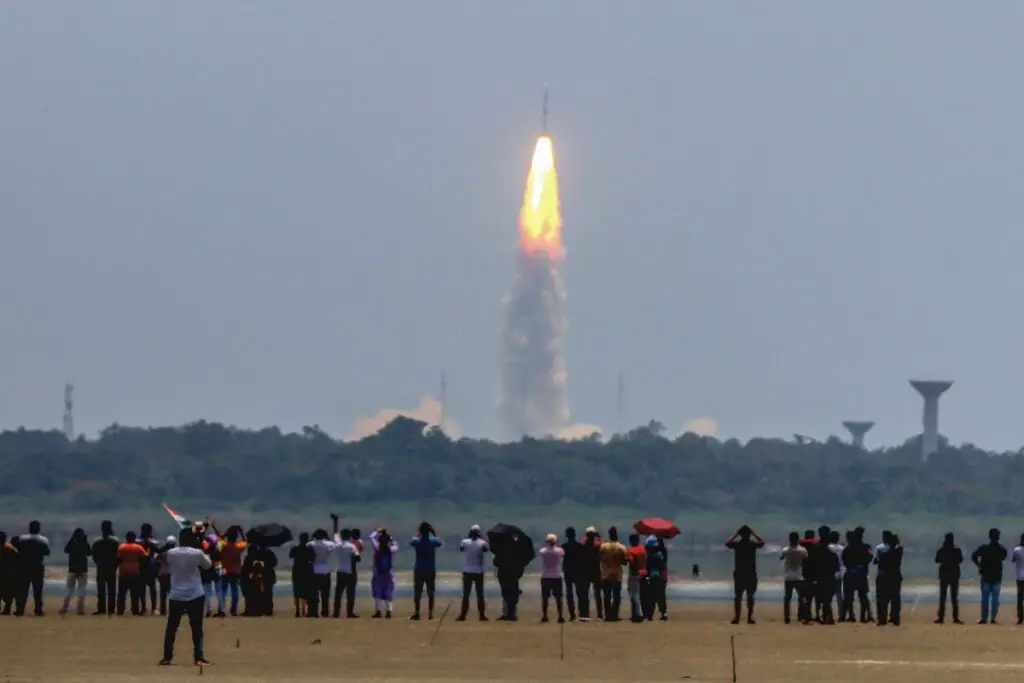India’s Aditya-L1 Solar Mission Reaches Milestone
The Indian Space Research Organisation (ISRO) has achieved a major milestone with its inaugural solar mission, Aditya-L1, reaching its destination at Lagrange Point 1 within the anticipated four-month timeframe. Prime Minister Narendra Modi shared the news on Saturday, highlighting the significance of this achievement.
Comprehensive Study of the Sun
Launched on September 2 last year, Aditya-L1 has positioned itself at Lagrange Point 1, from where it will undertake a comprehensive study of the Sun. The mission will specifically focus on the solar corona and its influence on space weather. The spacecraft has covered approximately 1.5 million km (930,000mi) over the span of four months, just a fraction of the Earth-Sun distance of 150 million km.
Impact of Aditya-L1 Mission
Equipped with seven payloads, Aditya-L1 is expected to conduct remote sensing of the Sun and in-situ observations for an estimated five years. The mission holds significant implications for the understanding of space weather, particularly in light of the increasing number of satellites in orbit and their vulnerability to solar radiation. This includes ventures like Elon Musk’s Starlink communications network, prompting the need for a deeper understanding of the Sun’s influence.
Future Implications and Projects
The positioning of a spacecraft at L1 acts as an early warning system for upcoming solar storms, providing approximately one hour of advance notice. This is of particular importance as the low earth orbit is anticipated to become increasingly crowded in the coming years, with satellites expected to play a pivotal role in various technological applications, from internet connectivity to disaster warning systems.
In addition to the Aditya-L1 mission, ISRO has lined up a slate of projects, including its first human space mission and a joint effort with NASA for a low-Earth orbit observatory system called NISAR. NISAR is set to map the entire planet once every 12 days, providing critical data for understanding changes in ecosystems, ice mass, vegetation biomass, sea level rise, ground water, and natural hazards.
Looking Ahead
This mission comes on the heels of ISRO’s recent achievement of being the first country to successfully land on the Moon’s south pole with the Chandrayaan-3 mission. This steady progress reflects India’s commitment to advancing its capabilities in space exploration and research.
With the successful positioning of Aditya-L1 and the ongoing endeavors in space exploration, ISRO continues to make significant contributions to scientific knowledge and technological advancements, positioning India as a key player in the global space community.
For the latest updates on space missions and technological advancements, stay tuned to our CES 2024 hub.
Incorporating strong keywords and using proper formatting, this human reporting style article highlights the achievement of ISRO’s Aditya-L1 solar mission and its implications for space exploration and scientific research.

